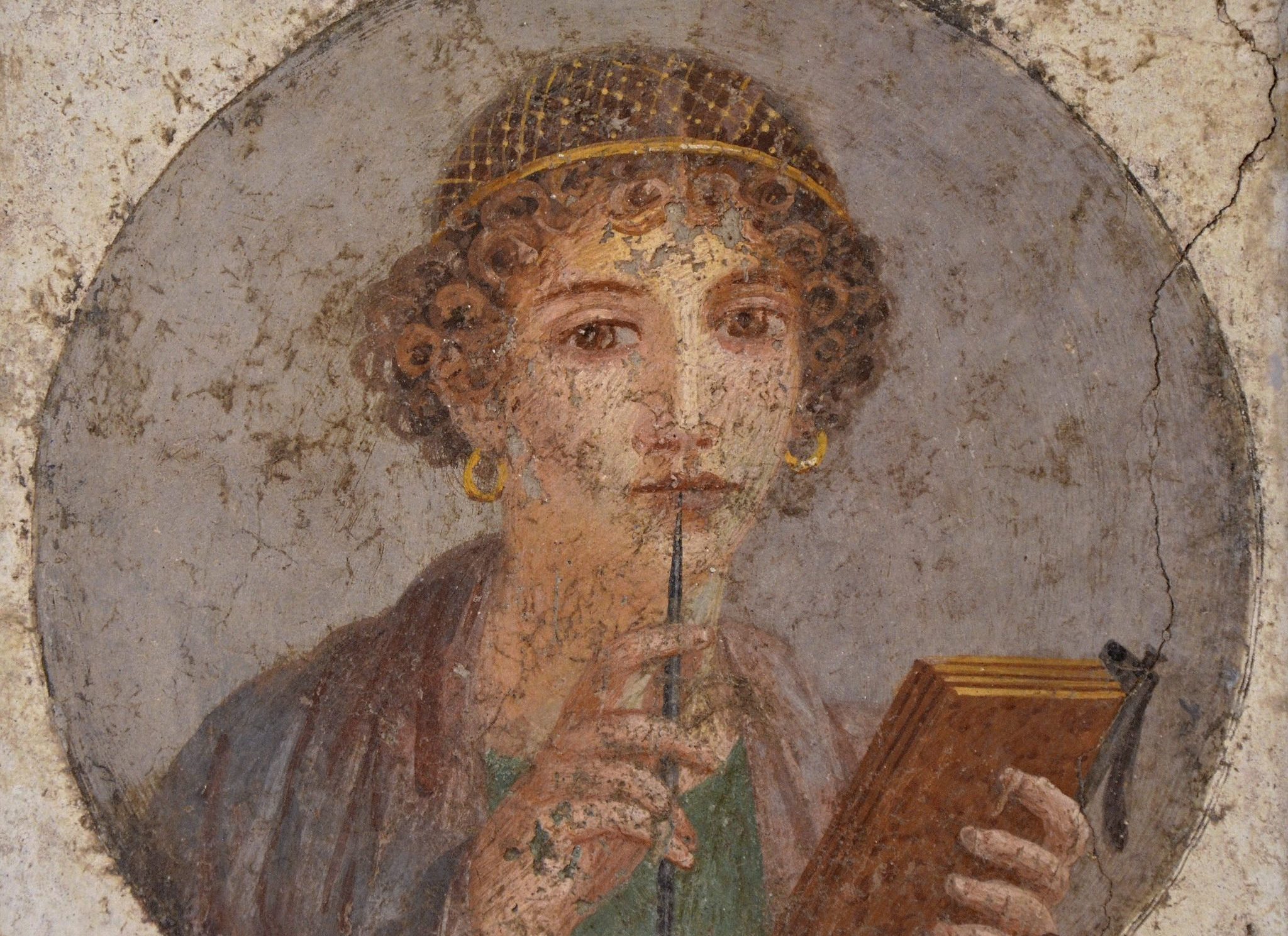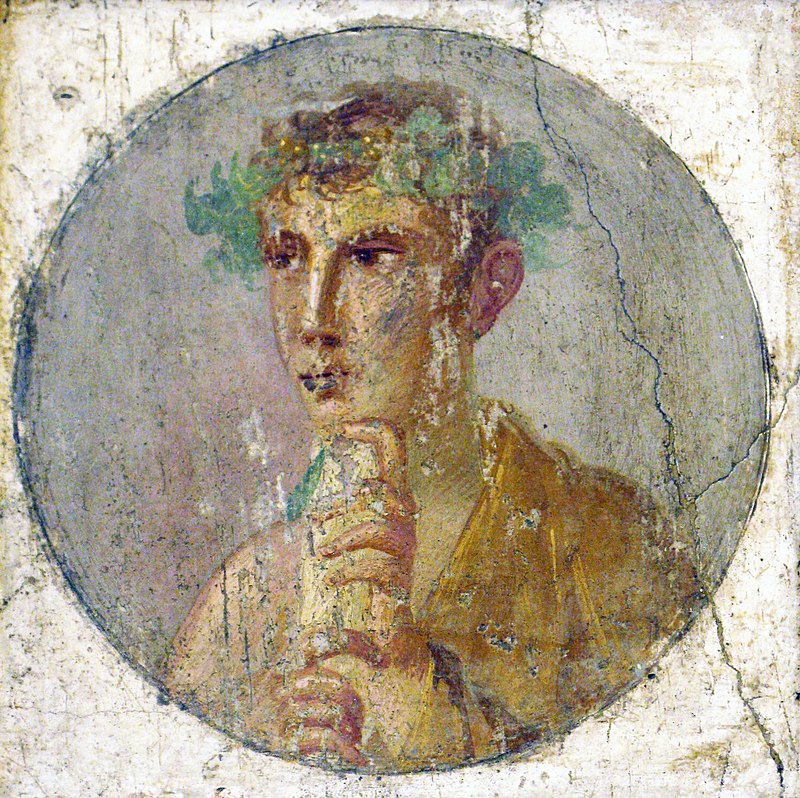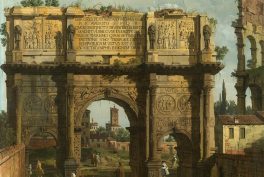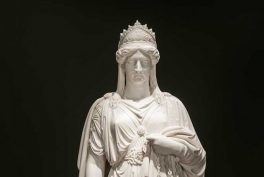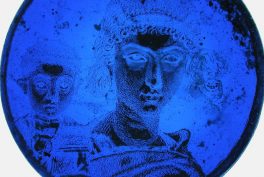Summary
- When Mount Vesuvius erupted in 79 CE, the city of Pompeii was buried under a thick layer of ash, preserving it for almost two millennia.
- In 1748, the site was discovered and unearthed by a surveying engineer. The many decorative frescoes found can offer a glimpse of daily life in Ancient Rome.
- Literacy in Ancient Rome was a source of pride. Girls from the upper and middle classes were taught to read and write at home, often through a private tutor. Most women married by the time they were teens, passing from the dominion of their father to their husband.
- While the identity of Woman with Stylus remains uncertain, her clothes, hairstyle, jewelry, and literary implements can help us reach conclusions regarding her standing in Ancient Pompeian society.
Mount Vesuvius
When Mount Vesuvius erupted in 79 CE, it buried an entire city and most of its inhabitants. Pliny the Younger, who witnessed the event from miles away, recorded the terror of the final moments before the eruption, describing a shower of ashes and a storm of stones as the earth trembled. When a group of explorers rediscovered the site in 1748, they found the city of Pompeii virtually intact. While killing thousands, the ash from the volcanic eruption helped preserve the ancient metropolis, creating a sort of time capsule from which we can still learn today.
Artistic Findings
Colorful wall paintings were among the many findings unearthed from the Pompeian dwellings in the 18th century. More than just decorative frescoes, these scenes offer a glimpse of what life was like in the ancient world. Woman with Stylus is one of the numerous artworks discovered beneath a thick layer of debris, salvaged by volcanic ash. The portrait was found under the Cuomo property on May 17, 1760, in the Insula Occidentalis, a residential urban villa complex.
According to historians and excavators, the medallion once adorned the side panel of a decorative wall. A combination of framed pictures and architectural elements surrounding a central panel, the wall was painted in what is known as the Fourth Style, or “intricate style”, common from 20 CE to 79 CE. A tondo with a young man with a laurel wreath and papyrus scroll would have been her counterpart, on the opposite panel. Between them was a mythological painting of Andromeda and Perseus.
Woman with Stylus
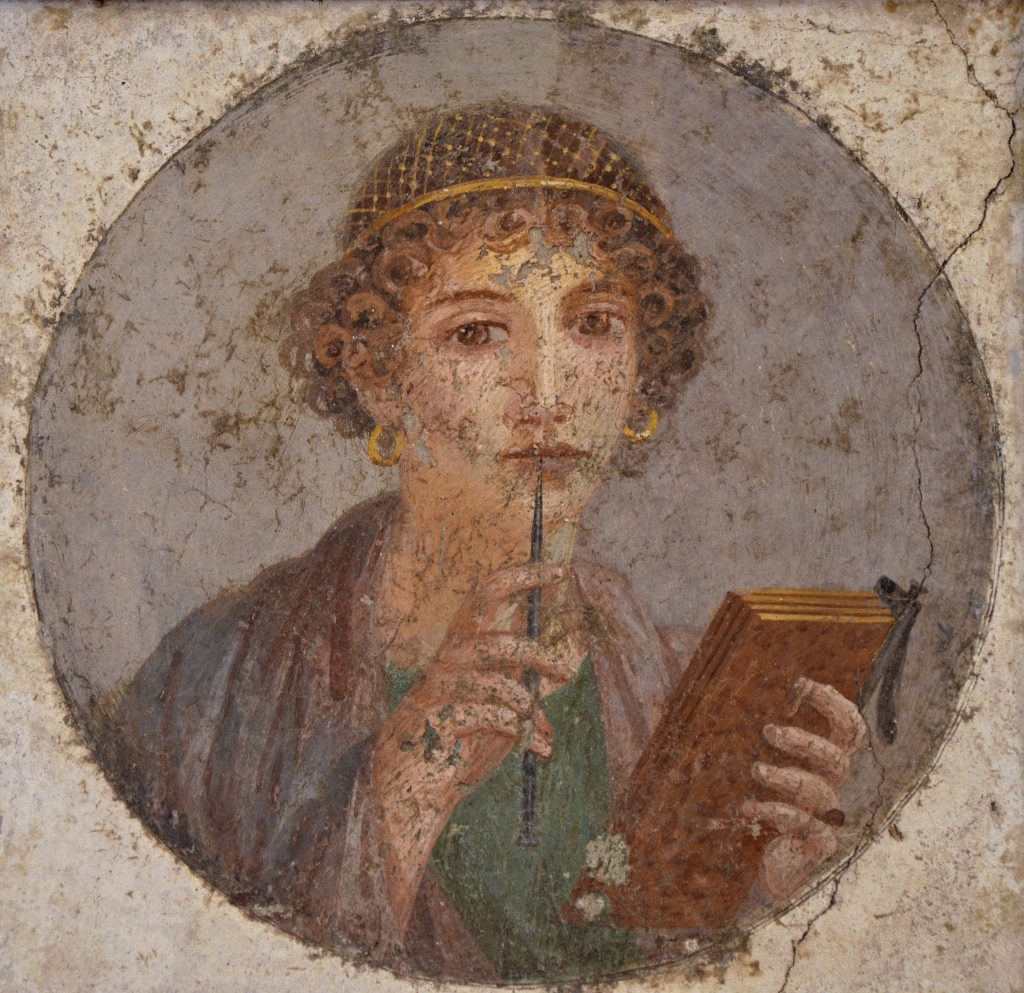
Woman with Stylus, 55–79 CE, wall painting on gesso, Pompeii, National Archeological Museum of Naples, Naples, Italy.
While she is commonly referred to as Sappho, in reference to the great Greek poetess, in reality her identity is uncertain. The woman is undeniably enigmatic. Her direct, confident gaze grabs our attention. She embodies the contemplative spirit of a writer, seconds away from recording her thoughts. In her left hand, she holds a writing tablet, and in her right a writing instrument, which she raises to her chin, suggesting her literacy. Known as docta puella, or “learned girl,” pictures like these were meant to display the cultivation of a wealthy family.
Literacy in Ancient Rome
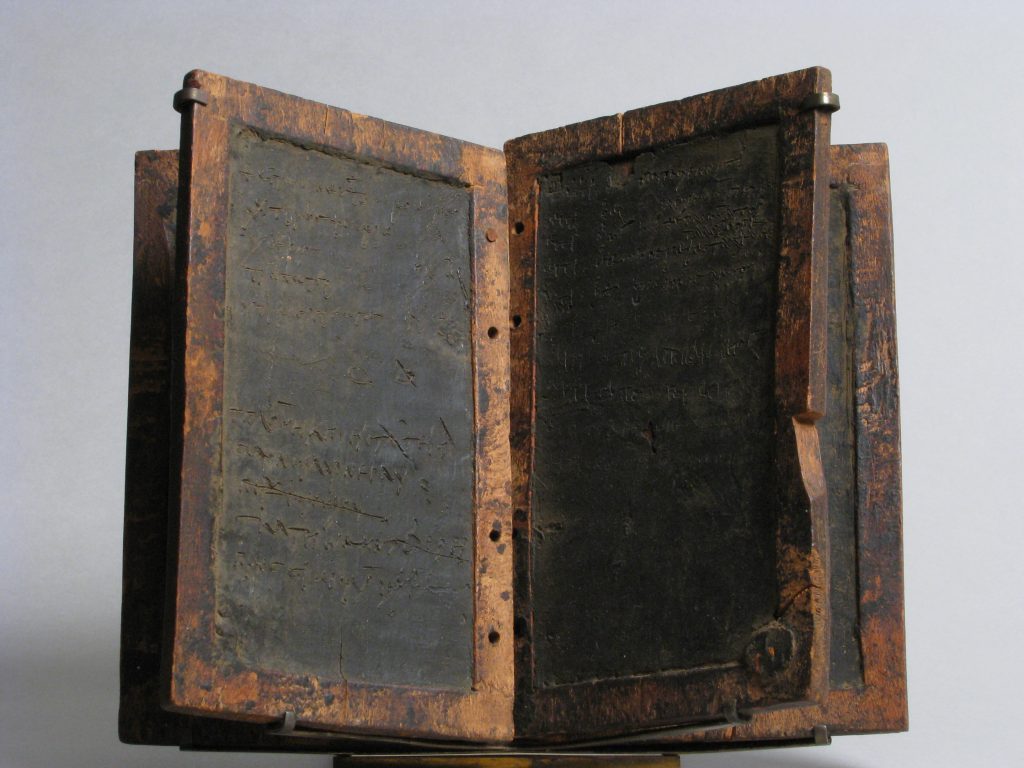
Roman writing tablet, 500–700 CE, wood and wax, the Metropolitan Museum of Art, New York, NY, USA.
Literacy was a source of pride in Ancient Rome, where an estimated 15% percent of the population was able to read and write.1 Only the wealthy were able to receive an education and girls from the upper and middle classes were taught to read and write at home, often through a private tutor. In art, the presence of reading and writing instruments highlighted social standing, in addition to denoting creativity and self-expression.
The wax tablet was a common utensil in the ancient world used for writing and record keeping. It was typically comprised of four wooden panels filled with wax. The outer cover served as protection for the written notes inside. A message could be erased or changed by smoothening the wax or melting it. The pointed tip of a stylus, or wooden pen, was used to write on the wax.
Functional Literacy
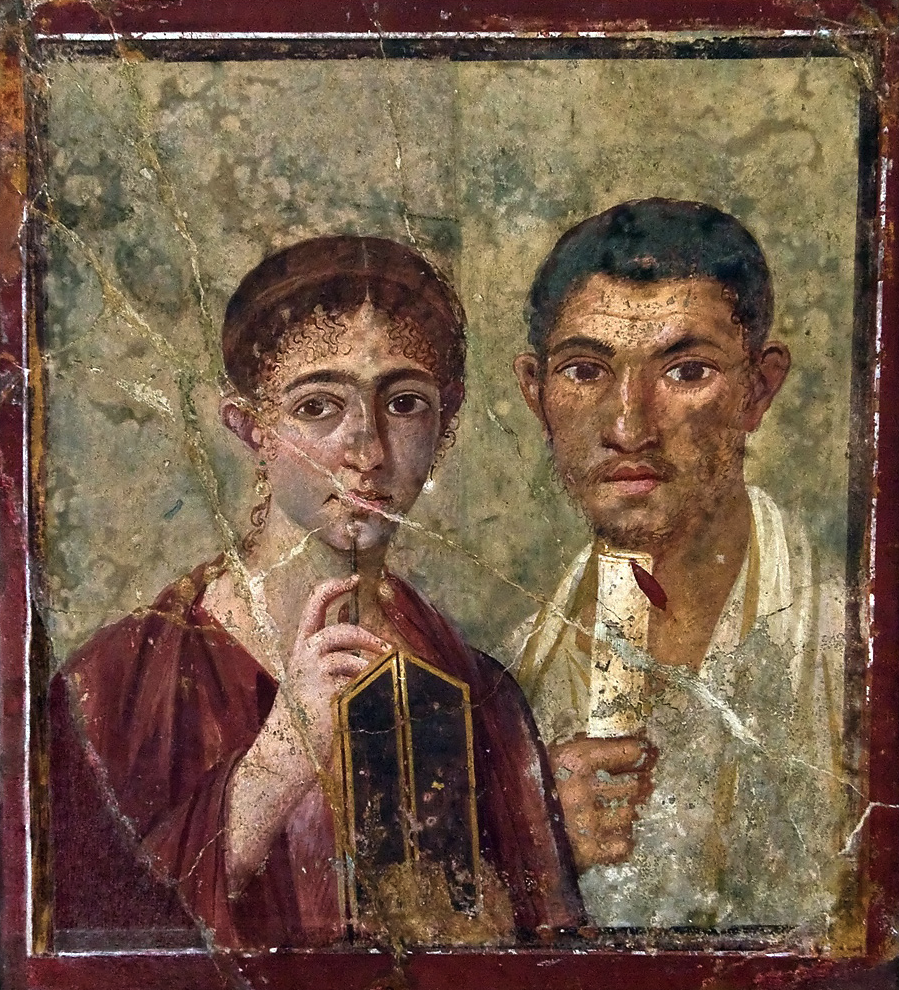
Terentius Neo and His Wife, 55–79 CE, Pompeii, National Archeological Museum, Naples, Italy.
In this remarkably naturalistic double portrait, we come face to face with a baker, Terentius Neo, and his wife. She holds a hinged writing tablet in one hand and with the other a stylus, which she presses to her lips in the same gesture as our Woman with Stylus. He grasps a papyrus roll with a wax seal, showcasing his literacy. Presumably belonging to the mercantile class, husband and wife are represented as equal partners in their marriage and good citizens of Pompeian society. They are likely an example of functional literacy—that is, when members of the middle or mercantile class learned how to read and write in relation to their business.
Women in Ancient Rome
Demystify the lives of women in Ancient Rome has proven to be an arduous task. Nearly all accounts passed down to us today have been recorded through a male lens. We know that women were largely dependent on the paterfamilias, or male head of the family. Most girls in Ancient Rome married by the time they were teens, passing from the dominion of their father to their husband, who was often a much older man. Yet, by the Imperial Period this manus marriage was replaced by a more permissive form of nuptials. The Romans did not adhere to the primogeniture system, which allotted all wealth to the first son. Instead, the wealth of a woman or man was divided evenly among all children.
Women could visit the Roman baths, where they would exercise, bathe, and listen to poetry. They could walk unaccompanied, and they could even hold important religious roles. The Vestal Virgins were among the city’s most important members who had important duties including safeguarding the wills of the most prominent Romans and guarding the sacred flame of Vesta—it was believed that if the fire died, so too would Rome.
And yet, women were denied a voice in public life—they could not vote or hold positions of political authority. Most women dedicated their lives to running their households and tending to their children. Working for the family business was also common practice. If a woman’s husband died on a military campaign, she could take over his business and gain more independence. Considering the great disparity of age between husband and wife in most marriages, and with the Roman life expectancy being roughly 35 years of age, the chances of early widowhood were rather high.
Fashion in Ancient Rome
Woman with Stylus appears to be a high-society Pompeian woman, wearing large gold hoop earrings and a golden hair net, which was fashionable during the reign of Emperor Nero. As was customary for married women in Ancient Rome, she wears a stola, an overdress pinned down at the shoulders, worn on top of an undergarment. Her clothing is dyed with natural colors, a symbol of her wealth. She wears a purple overdress, a color reserved for the super elite.
The qualities of pudor and castitas—modesty and chastity—were of utmost value when it came to a woman’s reputation. If a married woman was accused of adultery, she would be forced to abandon the stola for a toga, in order to distinguish her from respectable women. By the 1st century BCE it was common for prostitutes to wear a rough woollen toga.
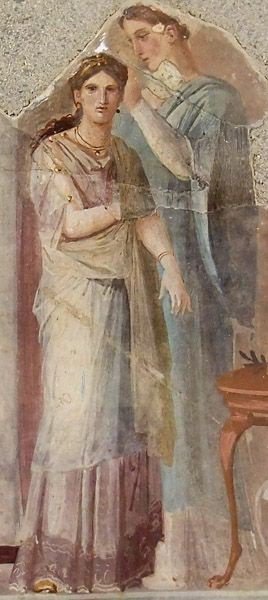
Dressing Scene of a Priestess, 30–40 CE, National Archeological Museum, Naples, Italy. Detail.
Armed with an Intellect
While we have learned of the various freedoms enjoyed by Pompeian women, Ancient Rome was still very much a patriarchal society. Intellectual women were regarded as threats—the more educated the woman the more dangerous she was. Known for his biting satires, Juvenal was one of the most important Roman authors from the late 1st and early 2nd centuries CE. While his contempt for women has been disputed, his harsh critique sheds light on what educated women, like our Woman with Stylus, were up against in Ancient Roman society.
[9] As a philosopher she sets definitions on moral behaviour. Since she wants to seem so learned and eloquent she ought to shorten her tunic up to her knees [10] and bring a pig to Sylvanus [11] and go to the penny bath with the philosophers. Don’t let the woman who shares your marriage bed adhere to a set style of speaking or hurl in well-rounded sentences the enthymeme shorn of its premise. Don’t let her know all the histories. Let there be something in books she does not understand.
Who Was Woman with Stylus?
Ultimately, the identity of Woman with Stylus remains uncertain. Her writing implements reveal her literacy, while her clothing indicates that she is married. We can deduce that she is in the upper echelons of society based on her contemporary jewelry and headpiece.
Her companion could be a portrait of her husband as the two tondos once flanked a mythological scene of husband and wife, Perseus and Andromeda. Or perhaps these two portraits simply reflected a general endorsement of education in Roman society. Whoever she is, Woman with Stylus has stood the test of time, revealing that despite the oppressions of a patriarchal society, women in Ancient Rome—especially educated women—were steadfastly holding their ground.
